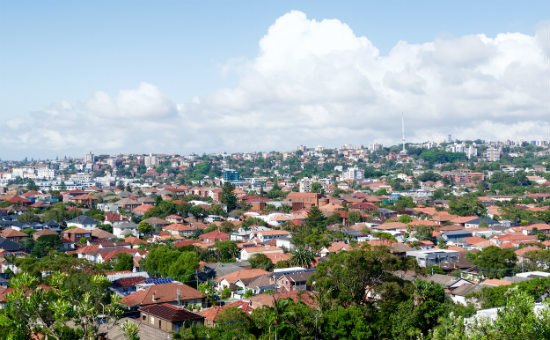It’s the highest annual rate of growth for capital city house prices since 2010, with Sydney, Melbourne, Hobart, and Canberra’s annual growth rates of over 10% more than compensating for Perth and Darwin’s price decreases.
Sydney in particular posted a 5% increase over the first three months of 2017, but also an annual house price increase of 18.9% over the past year, representing its largest annual increase since 2002.
In addition, Melbourne saw a 15.9% annual price increase, and Canberra and Hobart both saw double-digit price increases.
This news comes in the wake of new regulations on mortgage lending, however CoreLogic head of research Tim Lawless suspects the restrictions won’t have too much of an effect.
“I’m not sure we’ll see those levels of [price growth] results repeated over coming quarters, because they are very high,” Mr Lawless told ABC News.
“But I’d be surprised if we saw these marketplaces slowing down immediately.
“I think there will be a gradual slowdown and I think by the end of 2017 we will see growth rates that are substantially lower than the annual growth rates we’re seeing at the moment.”
Speaking to The Australian, Mr Lawless also described the rates of growth in Sydney and Melbourne as “far from sustainable”, saying that “a sustainable rate of growth will be in line with wages growth.”
Wages growth currently sits at a record low of approximately 1.9% per annum according to Mr Lawless.
Shane Oliver is expecting a pullback in housing prices, particularly in Sydney and Melbourne. #9Today pic.twitter.com/o4tW8uvQMI
— The Today Show (@TheTodayShow) April 1, 2017
House prices and property value changes across the country
| Region | Change In Property Values | Median House Price | ||
|---|---|---|---|---|
| Month | Quarter | Year On Year | ||
| Sydney | 1.4% | 5.0% | 18.9% | $805,000 |
| Melbourne | 1.9% | 4.2% | 15.9% | $605,000 |
| Brisbane | 0.2% | 0% | 3.7% | $480,000 |
| Adelaide | 0.4% | 1.6% | 3.4% | $439,000 |
| Perth | 1.0% | -1.3% | -4.7% | $475,000 |
| Hobart | 3.1% | 5.6% | 10.2% | $355,000 |
| Darwin | 3.1% | -3.1% | -4.4% | $490,000 |
| Canberra | 1.4% | 5.1% | 12.8% | $586,500 |
| Combined | 1.4% | 3.5% | 12.9% | $585,000 |
Transaction costs: adding to the problem
Adding to the news of high growth rates, research from the Property Council has revealed that in addition to the cost of a home, we’re paying tens of thousands in additional moving costs including stamp duty and other costs.
Chief Executive of the Property Council of Australia Ken Morrison deemed these costs as a compounding factor in the housing affordability crisis, saying that “it’s another reason we have an issue in our major cities with housing affordability”.
“With the transaction costs of selling being more than $74,000 in Sydney and $64,000 in Melbourne, we can assume there are tens of thousands of family homes not in the market simply because of the transaction costs,” Mr Morrison said.
Research undertaken by Deloitte Access Economics on behalf of the Property Council found that the property market would see an additional 340,000 property sales per year if stamp duty was abolished.
However Mr Morrison did acknowledge the unrealistic nature of the proposal, saying that “we know state budgets cannot afford such a step but it does highlight how stamp duties and other fees inhibit the efficient use of housing.”







Share this article